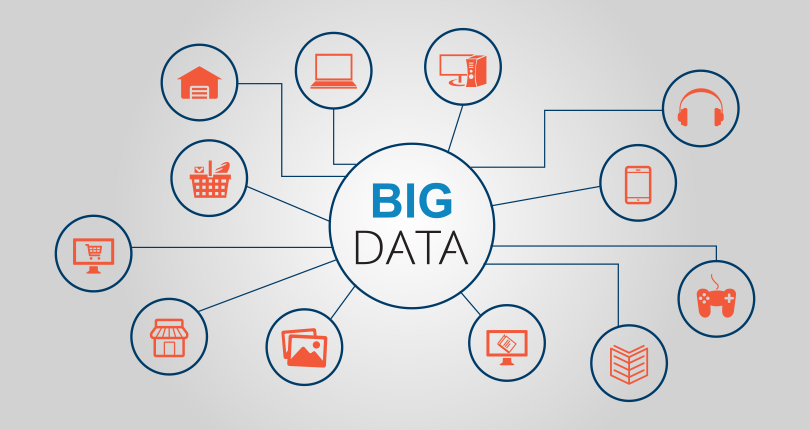Thanks to smartphones, tablets, “wearables” and apps, people are connected to the Internet like never before. And if emerging technologies have their way, the very objects that surround us—our cars, our refrigerators, even our toothbrushes—will soon be connected to the web as well—24/7. Welcome to the era of the Internet of Things.
As the Internet of Things (IoT) expands, the already astronomical volumes of big data generated by emails, texts, consumer transactions, sensors, social media interactions, etc., are set to multiply exponentially as data streaming in from objects is added to the mix. The main challenge for organizations looking to leverage the IoT for business advantage will be to find better ways to manage and mine object network data for actionable insights. Meeting that challenge will require the marriage of the Internet of Things with sophisticated cloud-based big data platforms.
Evidence of the Internet of Things is everywhere. As a recent article on Adweek points out, “Already companies are offering app-controlled Internet-enabled devices: Hue lights; Schlage locks; Nest learning thermostats; Whirlpool washers, dryers, and dishwashers.” And thanks to innovative companies such as SmartThings, all of these home apps can be integrated and managed “with a single dashboard app on a mobile device or computer.
While the term “Internet of Things” encompasses all kinds of gadgets and devices—many of which are designed to perform a single task well—the main focus with respect to IoT technology is on devices that share information via a connected network.
According to Adweek, three emerging technologies will lend the IoT its intelligence:
- Sensors that can track temperature, movement, or speed.
- Systems that integrate the control of devices.
- A shared syntax that lets devices talk to each other
Among the examples of web-enabled devices mentioned in the article are:
- Smart thermostats that control temperatures based on the habits of home occupants; smart calendars that issue alerts of impending events along with traffic suggestions to get us there quickly; smart refrigerators that automatically update online grocery lists based on what we use and even tell us when the milk might be “iffy” or if the lettuce has seen better days. And don’t forget “the robotic vacuum cleaner that activates after the 20th person has walked through the door.”
- Home Automation, Connected Cars, and Fitness and Health—do the words “Apple Watch” come to mind? —are all top-of-the-list examples of industries bursting with hardware and apps designed to make our lives better and easier, autonomously, by voice command or with a tap on a touchscreen. “Once the devices can talk to each other through the Internet,” says Adweek, “the consumer won’t have to push a button to make something happen because the devices will anticipate what you want.”
The Role of Big Data in the IoT
Of course, all of these devices that connect people and things anywhere and at any time are going to generate unprecedented volumes of data. As a result, organizations looking to leverage the IoT will need to implement sophisticated big data analytics platforms—primarily cloud-based—to effectively store, manage and process IoT data for actionable insights.
Since much of this unstructured data is data streaming directly from web-enabled “things”, big data implementations will need to perform lightning-fast analytics with real-time queries to allow organizations to gain rapid insights, make quick decisions, and interact with people and other devices in real-time. For organizations, the challenge will be to make sure that resources are focused on the data they need instead of data that has no relevance. This will require analysts with advanced skills and an industry-specific understanding of what this new data will mean. It will also require better supportive measures to make sure that data generated by web-connected people and things remain safe and secure.
In this era of emerging technologies, as reliance on the Internet continues to explode, the marriage of the Internet of Things and big data analytics will benefit both companies and consumers through products, services, and real-time interactions that help manage and enrich modern life.




